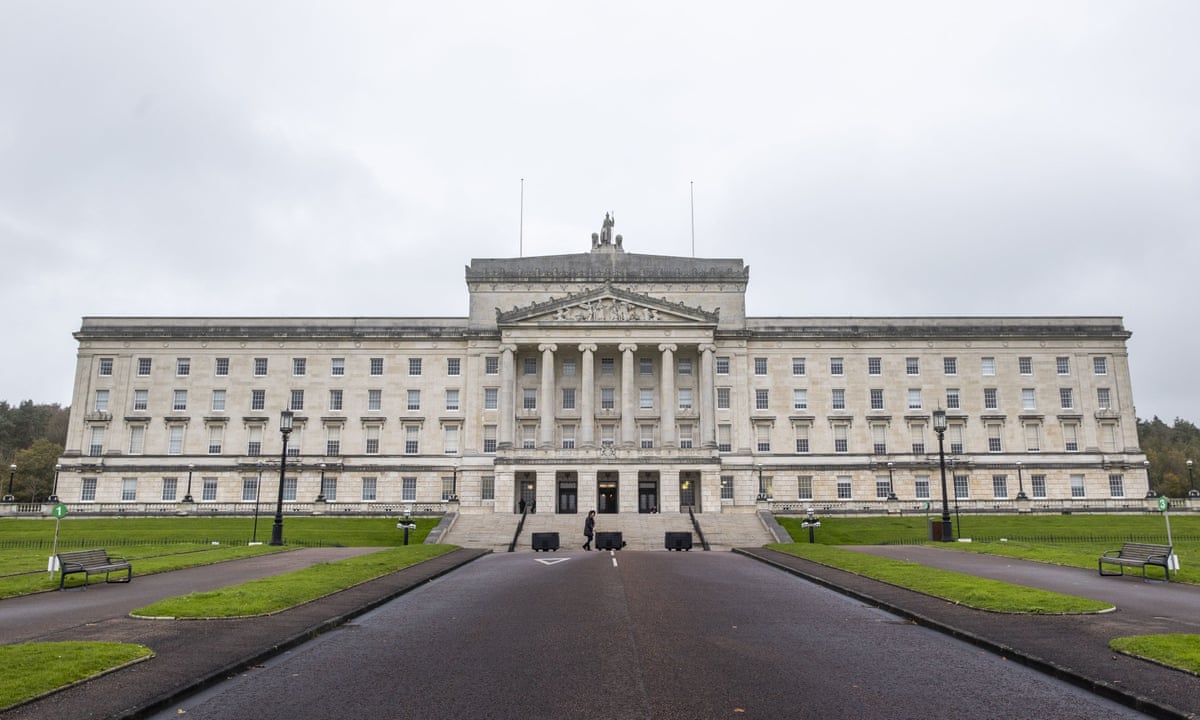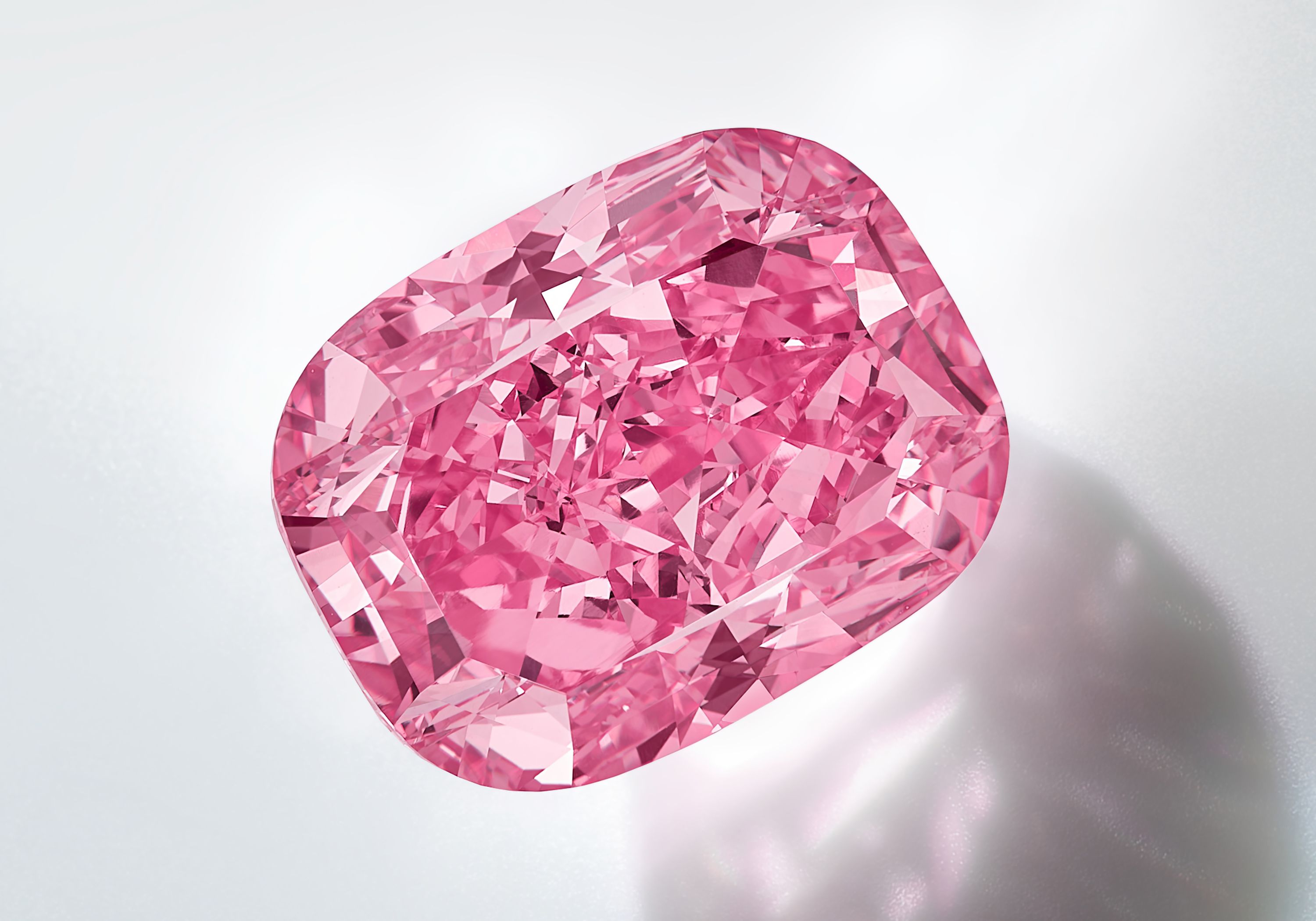Unlocking the Secrets of Fashion Styles
**1. Defining Fashion Styles
Fashion styles are distinctive modes of expression that encompass clothing, accessories, and even behaviors. They are a reflection of individual tastes, cultural influences, and societal trends. From the minimalist elegance of classic styles to the bold and eclectic choices of contemporary fashion, each style speaks to different sensibilities.
**2. Historical Roots of Fashion Styles
Understanding whitematerial-lefilm.com/ requires a glimpse into history. Many styles have roots in specific eras, influenced by societal changes, artistic movements, and even political climates. For example, the vintage charm of retro styles often harks back to the glamour of the mid-20th century, while the rebellion and innovation of punk fashion emerged as a response to social upheavals in the 1970s.
**3. Popular Fashion Styles
- Classic Elegance: Timeless pieces, neutral colors, and simple silhouettes define this style. Think Audrey Hepburn’s iconic little black dress.
- Bohemian Chic: A free-spirited style characterized by flowing fabrics, earthy tones, and eclectic accessories. It’s a nod to non-conformity and artistic expression.
- Streetwear: Influenced by urban culture, streetwear is casual, comfortable, and often features bold graphics and logos. Sneakers and hoodies are staples.
- High Fashion: Characterized by luxury and exclusivity, high fashion often involves designer labels, avant-garde designs, and runway creations that push boundaries.
- Sporty/Casual: An everyday, comfortable style often associated with activewear. It seamlessly blends functionality with fashion.
**4. The Role of Fashion Icons and Influencers
Fashion icons and influencers play a pivotal role in shaping and popularizing styles. From Coco Chanel’s revolutionary designs to the modern influence of social media influencers, these figures impact trends and redefine what is considered fashionable.
**5. Adapting Fashion Styles to Personal Expression
While certain styles have predefined characteristics, true fashion mastery lies in adapting them to suit individual tastes. Mixing and matching elements from different styles can result in a unique and personalized fashion statement.
**6. Sustainability in Fashion
With growing environmental awareness, sustainable fashion has become a significant trend. Many styles are now adopting eco-friendly practices, emphasizing the importance of ethical choices in clothing production.
**7. The Influence of Pop Culture on Fashion Styles
Pop culture, including movies, music, and celebrities, has a profound impact on fashion. Styles showcased in films, endorsed by musicians, or worn by beloved celebrities often become cultural phenomena, influencing millions around the world.
**8. Fashion Styles for All Body Types
One of the evolving aspects of the fashion industry is the focus on inclusivity. Fashion styles are now designed to celebrate diverse body types, breaking away from traditional norms and promoting self-confidence.
**9. Fashion Styles Around the Globe
Different cultures contribute to a rich tapestry of global fashion. Traditional attire, indigenous designs, and unique cultural aesthetics all play a role in shaping the diverse array of fashion styles found around the world.
**10. The Psychology of Fashion
Fashion goes beyond aesthetics; it delves into the psychology of self-expression. The colors, fabrics, and styles we choose are often reflective of our mood, personality, and the image we want to project.
Conclusion: The Ever-Evolving Canvas of Fashion Styles
Fashion styles are a dynamic canvas, constantly evolving with the times. From the elegance of classic styles to the rebellion of subcultures, each style adds a layer to the ongoing narrative of the fashion industry. As we navigate this world of endless possibilities, remember that fashion is not just about what you wear; it’s about how you tell your story to the world.










